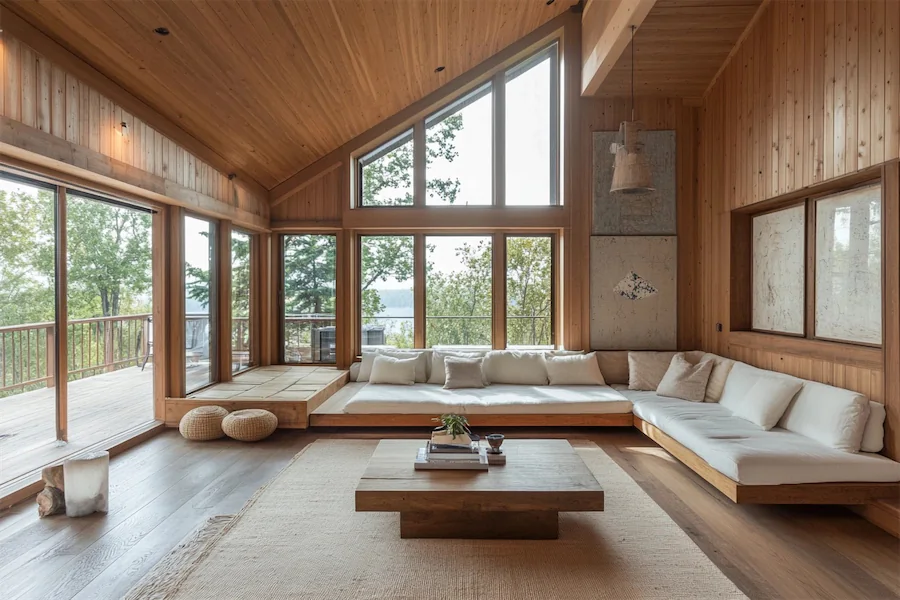A Scandinavian entertainment room embodies the principles of simplicity, functionality, and minimalism, creating a serene and inviting space for relaxation and socialization.
History and Origins of Scandinavian Design
Scandinavian design emerged in the early 20th century, gaining prominence in the 1950s. It is characterized by minimalist aesthetics, functionality, and the use of natural materials. Pioneers like Kaare Klint and Arne Jacobsen emphasized clean lines and practicality, influencing modern interior design globally.
Key Features of a Scandinavian Entertainment Room
- Neutral Color Palette: Predominantly whites, grays, and soft pastels to enhance natural light and create a calm atmosphere.
- Natural Materials: Use of wood, leather, and natural fibers to add warmth and texture.
- Functional Furniture: Pieces that are both aesthetically pleasing and practical, often with clean lines and minimal ornamentation.
- Ample Lighting: Incorporation of natural light through large windows, complemented by simple, modern light fixtures.
- Minimalist Decor: Clutter-free spaces with thoughtfully selected decor items to maintain simplicity.
Applications of Scandinavian Design in Entertainment Rooms
Scandinavian design principles can be applied to various aspects of an entertainment room:
- Media Stands and TV Units: Opt for sleek, functional designs that offer storage solutions while maintaining a minimalist aesthetic.
- Seating Arrangements: Choose comfortable yet streamlined sofas and chairs that encourage relaxation without overwhelming the space.
- Integrated Technology: Ensure that entertainment systems are seamlessly incorporated, with cables and devices discreetly organized to preserve the room’s clean look.
Considerations When Designing a Scandinavian Entertainment Room
- Space Optimization: Utilize multifunctional furniture to make the most of the available space, especially in smaller rooms.
- Personal Touches: Incorporate personal items and artwork to add character while adhering to minimalist principles.
- Quality Over Quantity: Invest in high-quality pieces that offer durability and timeless appeal.
- Consistency: Maintain a cohesive design throughout the room to ensure harmony and balance.
Conclusion
Designing a Scandinavian entertainment room involves balancing functionality with minimalist aesthetics, creating a space that is both practical and inviting. By focusing on simplicity, natural materials, and thoughtful design, you can create an entertainment area that embodies the serene and timeless qualities of Scandinavian design.
